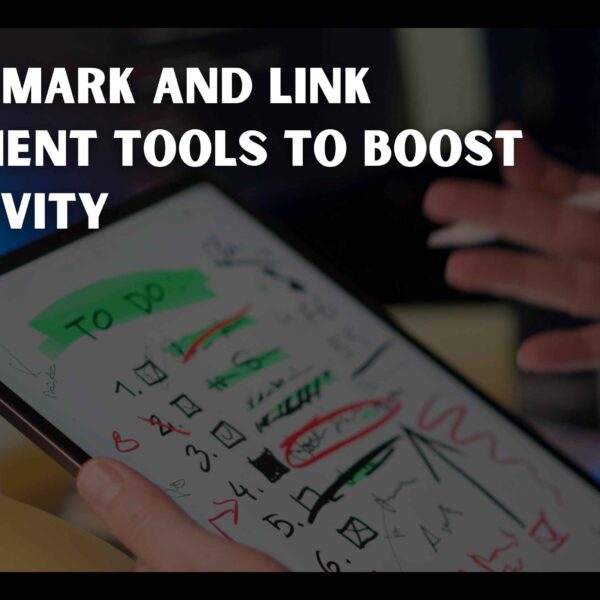In today’s globalized business landscape, collaborating with remote development teams is becoming increasingly common. While these remote partnerships offer significant benefits like access to specialized talent pools and improved cost-efficiency, effective communication becomes crucial for project success.
Here are some key tips for building a strong communication foundation with your remote development team:
- Define Clear Communication Channels: Establish designated communication platforms for synchronous (real-time) and asynchronous (non-real time) communication. Video conferencing platforms like Zoom or Google Meet are ideal for team meetings and in-depth discussions, while project management tools like Asana or Trello facilitate task updates and asynchronous collaboration.
- Embrace Transparency and Set Expectations: Be transparent about project goals, expectations, and timelines from the outset. Regularly update your remote team on project progress and provide clear instructions for assigned tasks. Setting clear expectations upfront minimizes confusion and fosters trust within the team.
- Foster Open and Regular Communication: Encourage your remote team members to voice questions, concerns, and ideas openly. Implement regular check-ins, daily stand-up meetings, or virtual coffee breaks to maintain a sense of connection and team spirit.
- Mind the Time Zone Gap: Be mindful of time zone differences when scheduling meetings or expecting immediate responses. Utilize asynchronous communication tools for tasks that don’t require real-time collaboration.
- Overcommunicate and Document Everything: Effective communication doesn’t imply brevity. Document decisions, meeting notes, and project updates within a central location accessible to all team members. This promotes transparency and fosters easy reference for future decisions.
- Leverage Technology: Utilize collaboration tools like screen sharing applications, document editing platforms with real-time co-authoring capabilities, and project management software with task tracking and progress reports. These tools streamline communication and provide increased visibility into your project’s progress.
- Emphasize Empathy and Build Relationships: Building rapport with your remote team goes beyond technical expertise. Recognize that language barriers or cultural differences may impact communication. Practice empathy and be proactive in creating a collaborative and supportive remote work environment.
By implementing these tips, you can foster a productive and collaborative relationship with your remote development team. This ultimately leads to improved project outcomes, enhanced team satisfaction, and a more successful collaboration.
Effective communication with remote development teams ensures project success, maintains productivity, and fosters a positive work environment. Here are key strategies to bridge the distance and enhance communication:
1. Establish Clear Communication Channels
- Use Reliable Tools: Utilize tools like Slack, Microsoft Teams, or Zoom for instant messaging and video conferencing.
- Define Channels: Create specific channels or groups for different topics to avoid clutter and ensure relevant discussions.
2. Set Clear Expectations
- Define Roles and Responsibilities: Ensure each team member knows their role and what is expected of them.
- Establish Deadlines: Set realistic deadlines and milestones to keep the project on track.
3. Regular Check-ins and Meetings
- Daily Stand-ups: Conduct brief daily meetings to discuss progress, roadblocks, and plans for the day.
- Weekly Reviews: Hold meetings to review progress, discuss challenges, and plan for the upcoming week.
4. Use Documentation Effectively
- Comprehensive Documentation: Maintain detailed project documentation accessible to all team members.
- Version Control: Use version control systems like Git to manage code changes and documentation updates.
5. Foster a Collaborative Environment
- Encourage Feedback: Create an environment where team members feel comfortable sharing feedback and suggestions.
- Promote Pair Programming: Occasionally pair developers to work on tasks together, which can improve code quality and knowledge sharing.
6. Utilize Time Zone Differences
- Overlap Hours: Identify overlapping working hours for synchronous communication.
- Asynchronous Communication: Use asynchronous methods like emails or project management tools (e.g., Trello, Asana) for tasks that don’t require immediate responses.
7. Build Team Cohesion
- Virtual Team Building: Organize virtual team-building activities to strengthen relationships.
- Recognize Achievements: Acknowledge and celebrate team members’ achievements to boost morale.
8. Leverage Technology
- Project Management Tools: Use tools like Jira, Trello, or Asana to track project progress and task assignments.
- Code Repositories: Ensure all code is stored in a central repository that is regularly updated.
9. Provide Training and Resources
- Skill Development: Offer training sessions to keep the team updated with the latest technologies and best practices.
- Resource Availability: Ensure team members have access to all necessary resources and tools.
10. Address Cultural Differences
- Cultural Sensitivity: Be aware of and respect cultural differences within the team.
- Communication Styles: Adapt communication styles to accommodate different cultural norms and preferences.
Conclusion
Bridging the distance with remote development teams requires a combination of effective communication strategies, the right tools, and a supportive team culture. By establishing clear expectations, utilizing reliable tools, and fostering a collaborative environment, you can enhance communication and ensure the success of your remote development projects.




